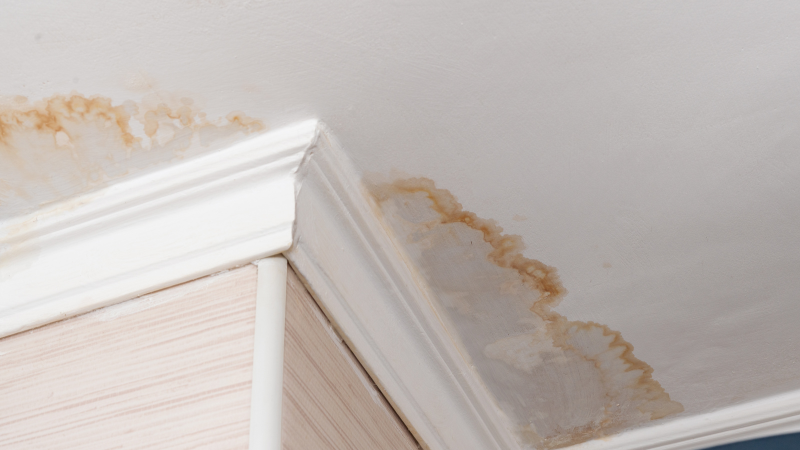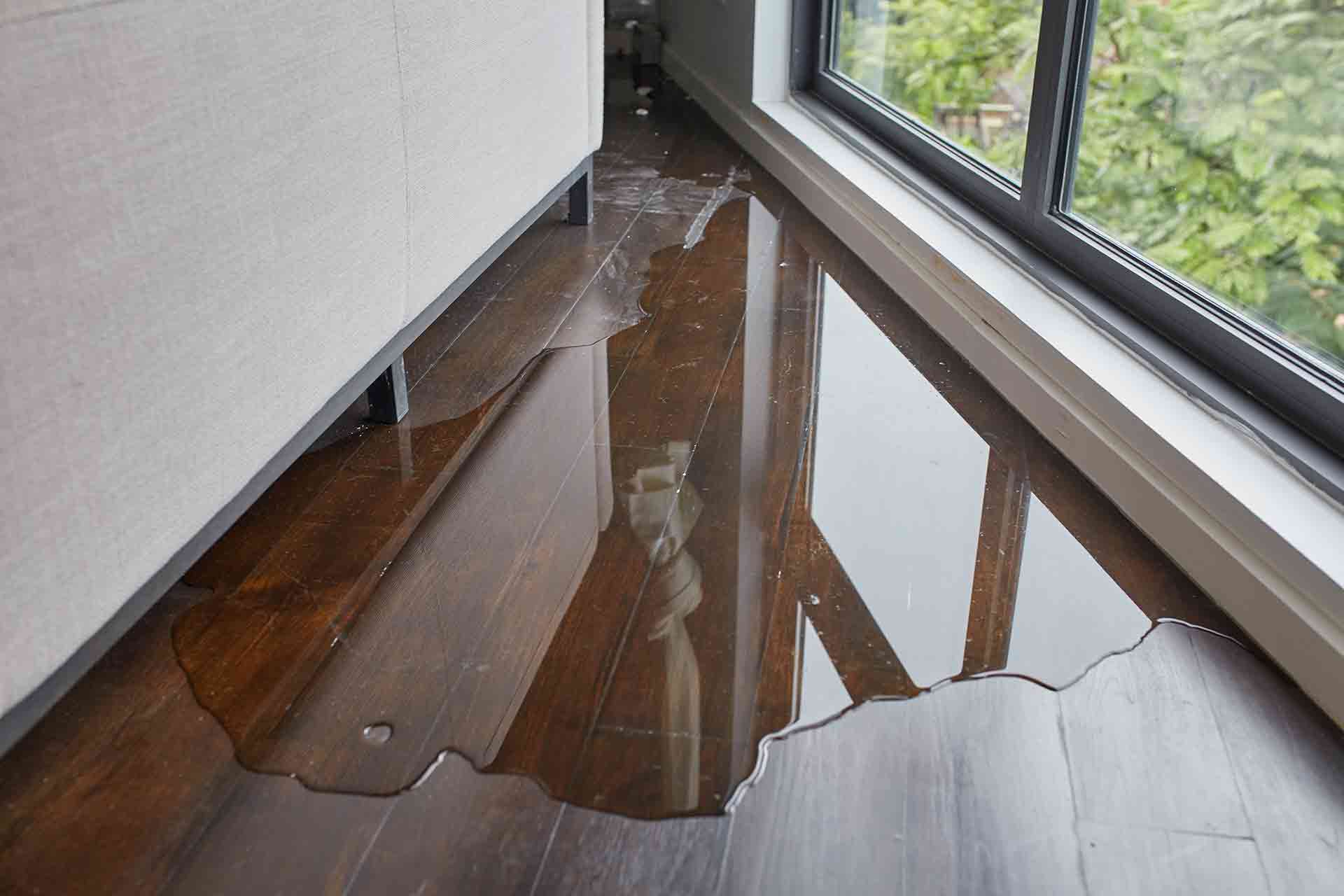Exactly How to Prevent Bathroom Water Damage
Exactly How to Prevent Bathroom Water Damage
Blog Article
Presented here down the page you can discover a bunch of good quality additional info in relation to How to Prevent Bathroom Water Damage.

The washroom is extremely prone for wet accumulation as well as possible water damage because of the constant use water in it. This article provides basic examination techniques to help spotting water damage hazards.
The frequent use of water in the restroom makes it very prone for damp build-up and also possible water damages. By evaluating it regularly, you can lower water related damages.
The following set of inspections is easy to execute and also must be done as soon as in every 3 months in order to maintain your shower room healthy as well as to avoid prospective water damages caused by the bathtub, the shower, pipe joints and plumbing, sinks, closets, and also the commode
Do not neglect executing these assessments and be comprehensive while doing them. Bear in mind that these simple evaluations can save you a lot of money by providing very early signs for water damages
Bath tub as well as Shower
The shower and bathtub require special focus and also upkeep. Examine the ceramic tiles as well as replace if cracked. Make sure that there is no missing out on cement in between the ceramic tiles. Examine as well as replace cracked caulking at joints where the wall surfaces fulfill the flooring or the tub. Blocked drains and pipelines issues will avoid the bath tub from drying out as well as might show severe problems beneath the bath tub. Talk to an expert immediately to stop structural damage. Pay attention to stainings or soft locations around the bathtub wall surfaces as they might suggest an internal leakage.
Plumbing
Signs for water damages are hard to detect given that many pipelines are mounted inside the walls.
Pay special focus to flooring and wall surfaces wetness and discolorations as they may indicate an unnoticeable plumbing trouble. Check dampness levels in adjacent rooms too.
Sinks and Cabinets
Sinks and also cabinets are revealed to moisture as well as humidity daily and are frequently neglected. Check on a regular basis under the sink as well as on the kitchen counter over it. Fix any kind of drip in the catch as it might recommend drainpipe troubles. Check out the sink, slow-moving draining pipelines might show an obstructed drainpipe. Change sink seals if they are fractured or loosened.
The Commode
The commode is an at risk water joint. Inspect the water lines as well as search for leaks around the toilet seat, in the hose, and under the water tank. If you detect any indicators of dampness on the flooring around the commode, look for leaks in the toilet rim and tank seals.
Be aware that hanging commode bowl deodorants raises the opportunities for blockages.
Water Damage Signs In The Bathroom To Avoid Cleanup
Musty smell
This is one of the easiest signs to catch because musty smells are so odorous. The damp, earthy, moldy smell should be a big red flag. The smell will develop when moisture gets trapped in surfaces, and begins to facilitate mold growth. Leaking pipes under cabinets, inside walls, and behind shower fixtures will cause moisture to stay trapped and not dry, which will lead to mold growth and spread. As soon as you notice any musty smells in your bathroom, have it checked for hidden water damage and cleanup signs.
Visible mold
If the smell isn’t there to give it away, sometimes you will actually see mold growth. Finding mold in your bathroom is a serious problem, because mold is very harmful to your health. By the time mold growth is visible, it also means that water damage has already occurred and been present for some time. The only way the mold problem can be resolved is to find the source of the moisture and get it stopped. To safely and adequately remove mold, you need to have professionals handle the remediation. Do not waste any time in getting mold problems addressed, fixed, and sanitized so that you can protect you and your family from the many respiratory symptoms caused by mold exposure.
Damaged floors
Bathroom floors should be able to withstand some exposure to water while still remaining in good condition. However, when excess exposure or water leaks occur, they will begin to damage even the most water-resistant flooring. If you notice any cracking, bubbling, staining, or warping on your bathroom floors, there is probably a water leak somewhere causing the distortion. If you notice areas of the floor have become softer, or even have a spongy feeling, there is probably damage to the subfloor. Subflooring is typically made up of plywood. When plywood is exposed to water or moisture, it will absorb it. Once it has become saturated, the weight of the excess water will cause the wood to swell and soften. Check the floors in your bathroom frequently to catch any of these sings before they lead to damaged subflooring.
Changes on walls
When water leaks behind walls, it will cause changes in the drywall. Peeling plaster, blistering paint, and soggy wallpaper are all good indicators that excess water is building up behind the wall. Water leaking behind drywall will cause it to swell and be soft to the tough. If you start to notice gaps along the trim of your walls, or where tile meets the wall, it could also be a strong indicator that there is a leak behind the wall. Any changes, distortion, or damage on the walls should be evaluated as soon as you notice it to prevent further water damage and cleanup.

I have been very fascinated by Common Causes of Water Damage in a Bathroom and I am praying you enjoyed reading my article. Enjoyed our content? Please share it. Let another person discover it. Bless you for your time. Kindly visit our blog back soon.
About Report this page